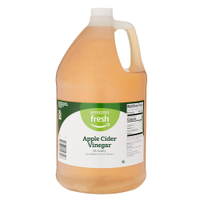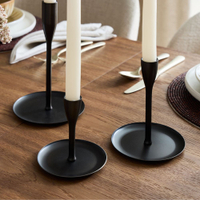These 5 DIY gnat traps promise to capture gnats in 3 steps or less – here's how to make them
Pest control experts share five natural ways to trap gnats in three steps or less, to prevent these frustrating flies from taking over your home
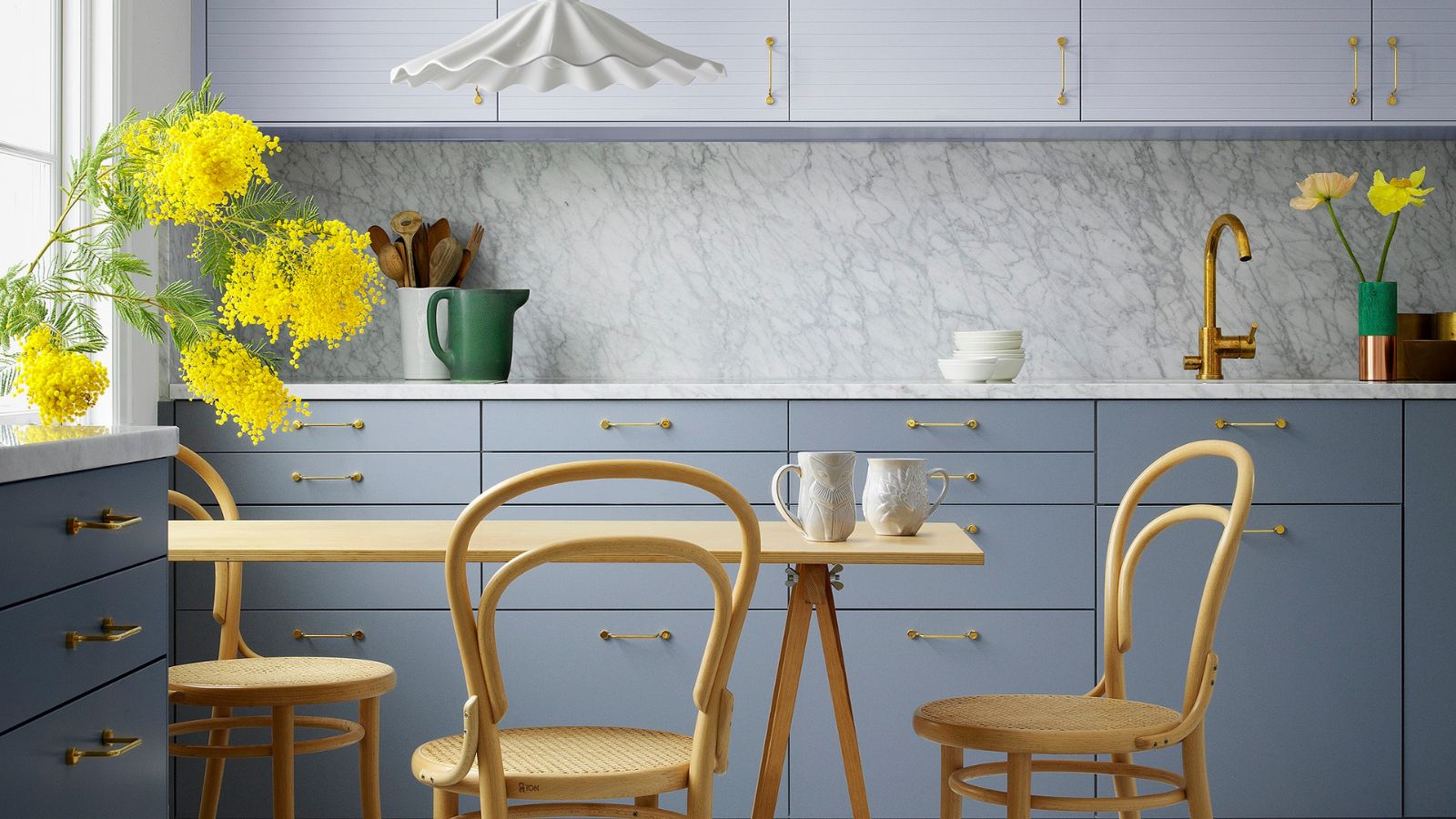

Gnats can be a nuisance in your home, they can pose a hygiene risk, contaminate food, damage plants, and generally make daily tasks more unpleasant. They are also prolific breeders, so a gnat infestation can quickly escalate if left unchecked, making it a challenge to eradicate.
Before you call in the professionals, there are several effective DIY gnat traps you can try to get rid of gnats and deal with a gnat infestation. These solutions are easy to set up with items you likely already have around the house.
Alongside the best home remedies for getting rid of gnats, our pest control experts reveal how you can create your own easy-to-make traps to enjoy a gnat-free home.
How to make 5 DIY gnat traps
'The placement of your DIY gnat traps is key,' says Georgios Liakopoulos, exterminator at Fantastic Pest Control. 'Find out where the gnats are most prevalent, like fruit bowls, garbage bins, or houseplants. This will maximize the effectiveness of the traps.' The best way to do this might be to ask yourself why you have gnats in your house and work from there.
1. Apple cider vinegar trap
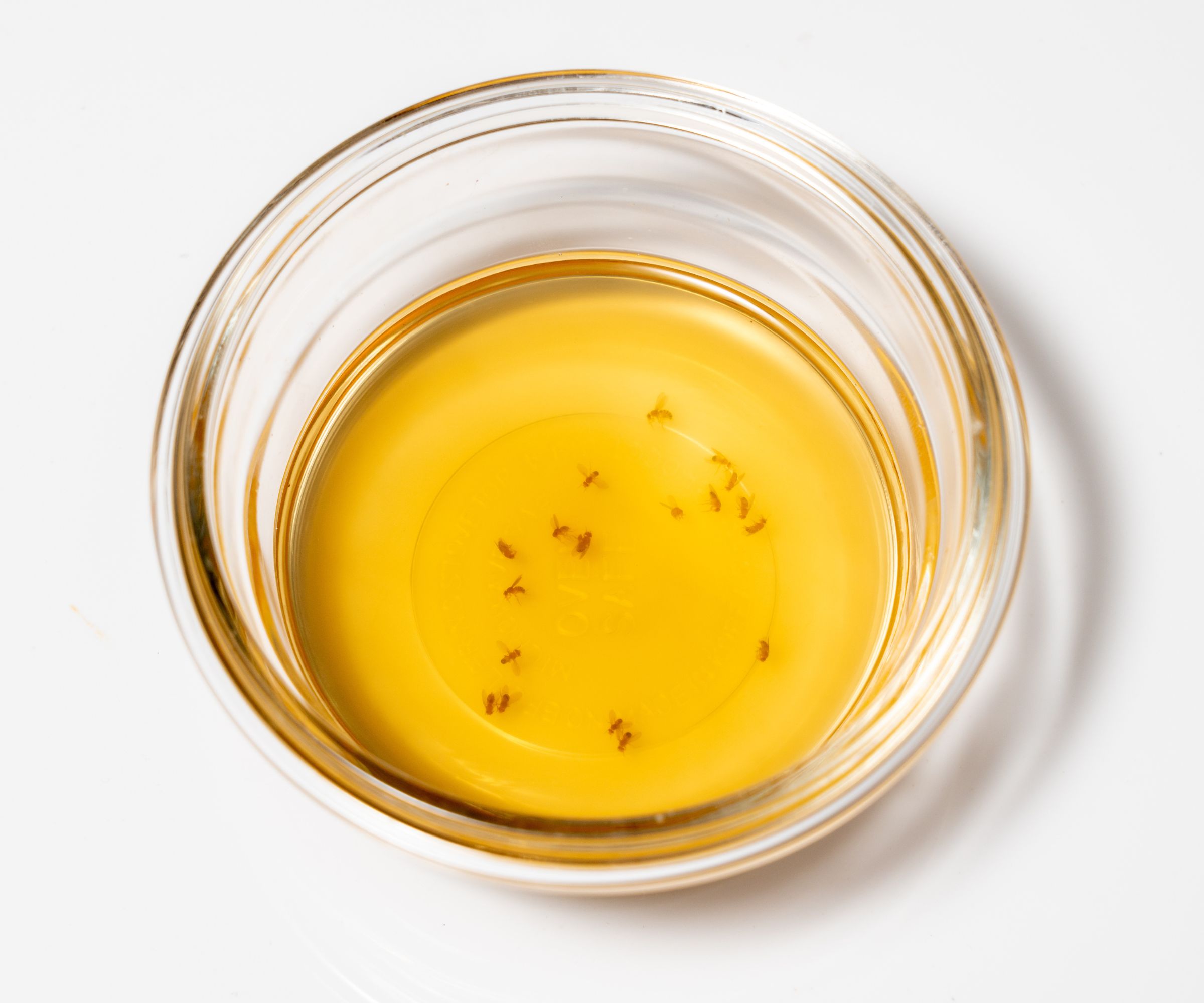
The smell of the apple cider vinegar is incredibly attractive to gnats, making this extremely effective bait.
What you'll need:
- Apple cider vinegar
- Dish soap
- Sugar
- A jar or bowl
- Plastic wrap
Follow these steps:
1. Mix the attractant: 'Combine half a cup of apple cider vinegar, a tablespoon of sugar, and a few drops of dish soap in a jar or bowl,' advises John Target owner and founder of Target Pest Control. 'The sugar and vinegar attract the gnats, while the dish soap traps them.'
2. Seal and poke: Cover the jar with plastic wrap and secure it with a rubber band. Then, use a pen or pencil to poke several small holes in the plastic wrap. Gnats will enter through these holes but won’t be able to escape.
3. Placement: Place the trap in areas where you’ve noticed gnat activity or are worried they may target (such as your pantry).
Amazon Fresh, Apple Cider Vinegar | $13.29 from Amazon
If you don't have apple cider as one of your pantry staples, investing in large quantities, like this 128 Oz jug, can become part of your ultimate cleaning supply list, since cleaning with vinegar can be done throughout your home.
2. Red wine trap
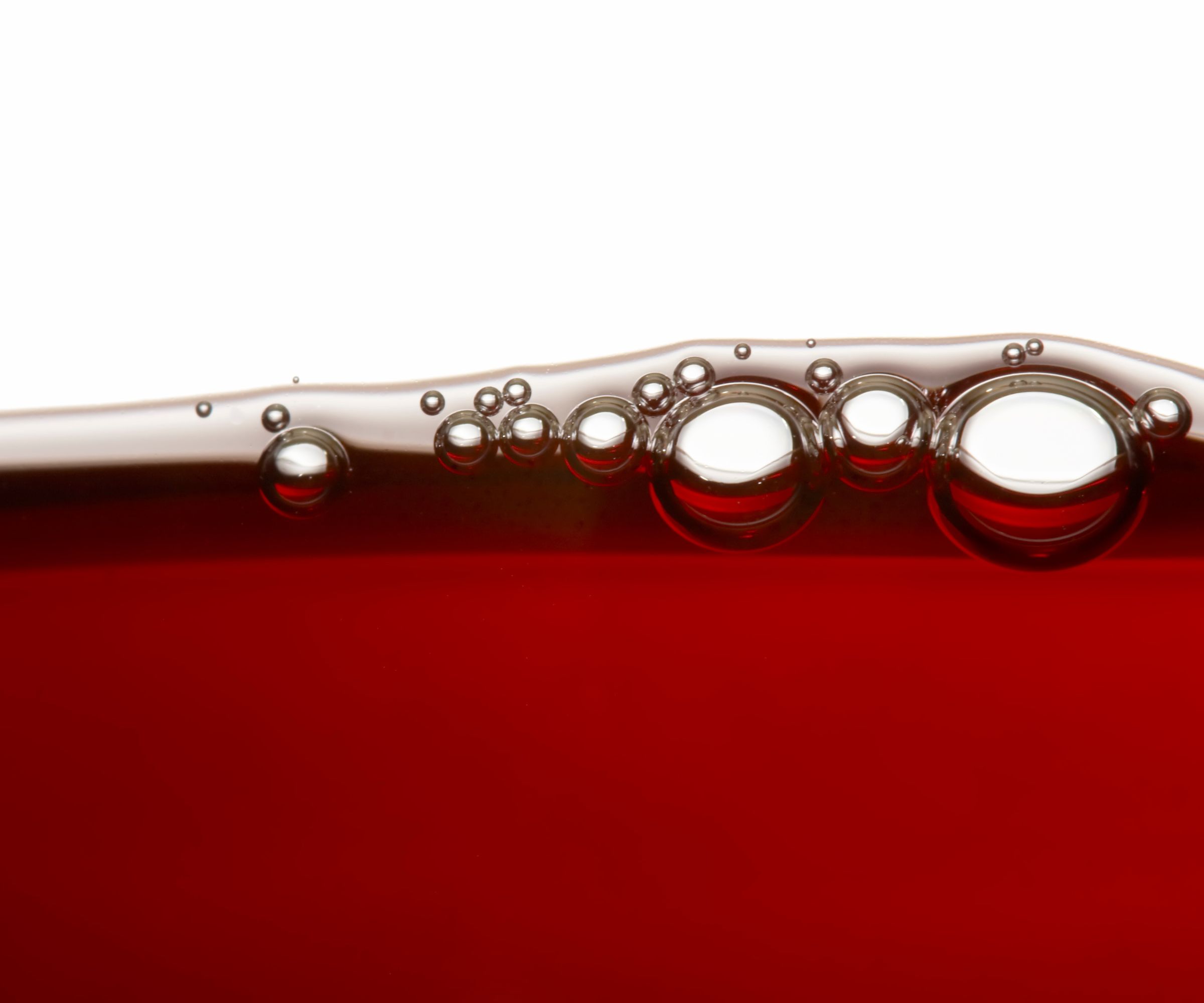
Similar to the vinegar trap, gnats can’t resist the aroma of red wine.
Here's what you'll need to set up this trap:
- Red wine (a cheap one will do)
- Dish soap
- A container (cup/jar)
Follow these steps:
1. Add the ingredients: 'Fill a container with an inch of red wine and add a drop of dish soap. The soap breaks the surface tension, ensuring gnats sink upon contact,' explains Brett Bennett, director of operations, PURCOR Pest.
2. Set the trap: 'Place the container in a gnat-prone area. Leave it overnight and check the results in the morning.'
3. Ripe fruit trap
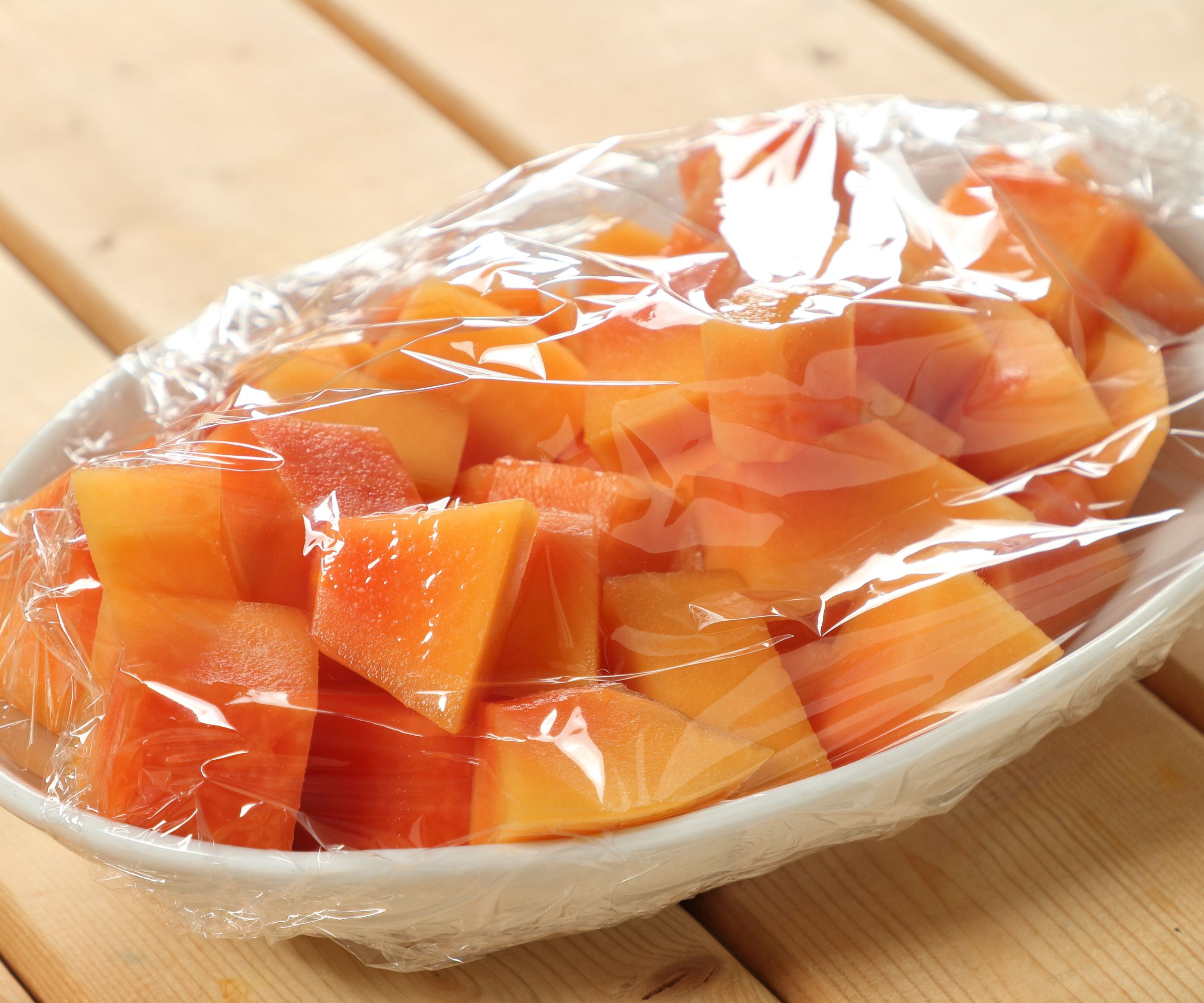
Use gnats love for overripe fruit against them with this simple trap.
Here's what you'll need:
- Overripe fruit (banana or melon works well)
- Plastic wrap
- A container
Follow these steps:
1. Bait the trap: Place pieces of ripe fruit in a container.
2. Seal and poke: Cover the container with plastic wrap, secure it with a rubber band, and poke small holes on top. The fruit lures them in, and the plastic wrap keeps them trapped.
3. Trap placement: Set your trap where gnats are frequently seen.
4. Sticky trap
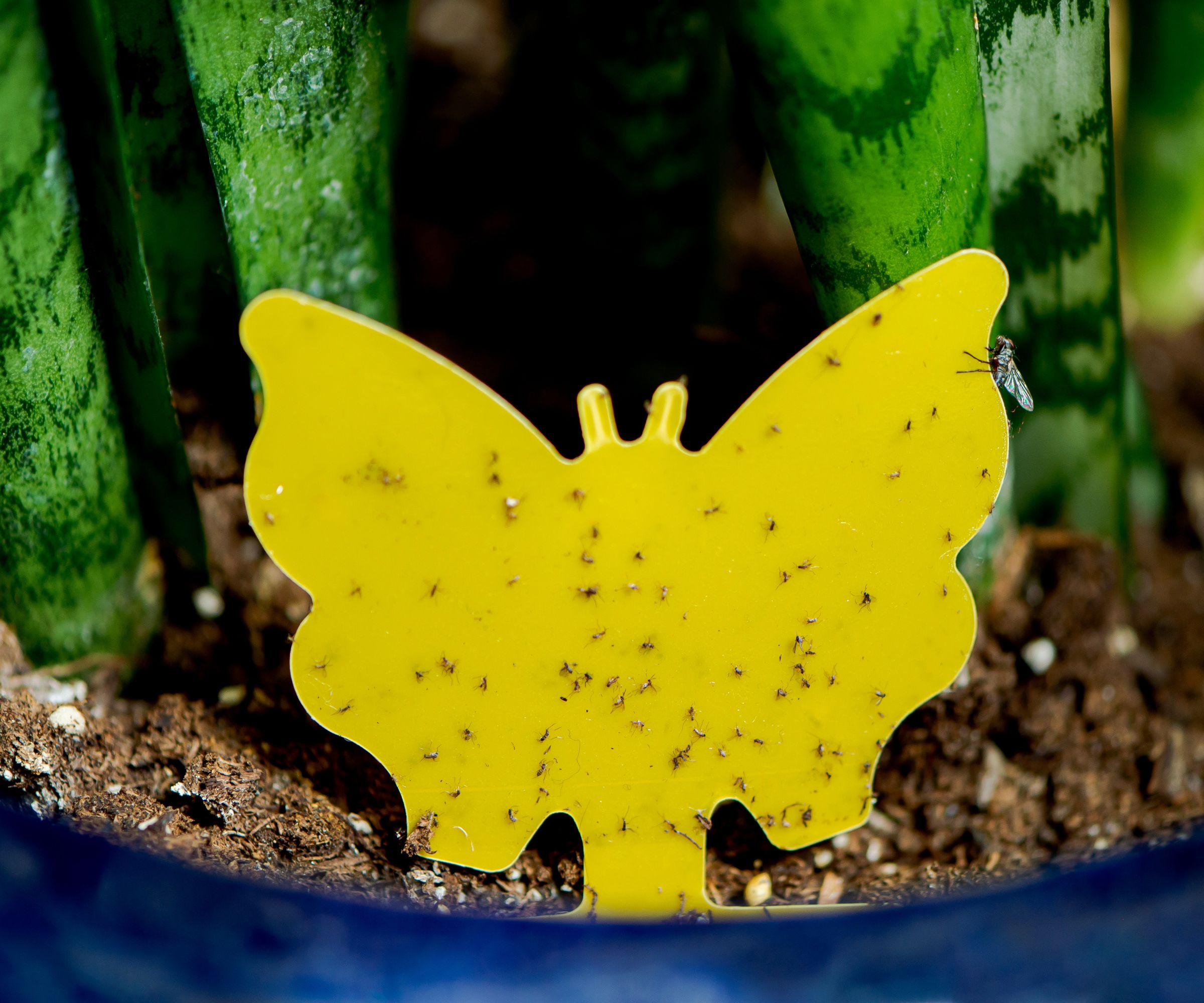
If you don't want to make these yourself, you can use these 36 Pcs Sticky Traps, from Amazon.
This method is great for catching gnats without using liquids. This is a great way to get rid of bugs from houseplant soil naturally, since, unlike other methods, it ensures no substances impact the plant's health.
This is what you will need to try this trap:
- Yellow construction paper (gnats are attracted to yellow)
- Honey or syrup
- A popsicle stick or similar for support
Follow these steps:
1. Prepare the sticky surface: 'Coat a piece of yellow construction paper with honey or syrup. The sweet, sticky substance will trap the gnats,' says John Target.
2. Set up the trap: Attach the paper to a popsicle stick or lay it flat in gnat-infested areas.
5. Candle trap

This homemade gnat trap is probably the easiest to set up, but be careful when leaving candles to burn.
What you'll need:
- A candle
- A candlestick
- A plate
- Water
Follow these steps:
1. Prepare the trap: 'Put the candle in the candlestick, put it in the middle of the plate, add some water, and light it,' says Georgios Liakopoulos.
2. Set it: 'Next, turn off your lights and wait. Gnats will start gathering near the flame and will die.'
Kuba Metal Taper Holders | $39.00 to $59.00 from West Elm
These elegant candlesticks, if used for gnats, can be the perfect way to catch them, since they'll fall straight onto the candle base.
'Neem oil is a great way to get rid of fungus gnats in houseplants,' says Georgios Liakopoulos. 'Simply dilute some of the oil in water, then apply it to both the soil and plant. Larvae will die in no time.' Also, if you want to check for gnat eggs, females often lay eggs in moist areas like soil or decaying organic matter.
Sign up to the Homes & Gardens newsletter
Design expertise in your inbox – from inspiring decorating ideas and beautiful celebrity homes to practical gardening advice and shopping round-ups.

Lola Houlton is a news writer for Homes & Gardens. She has been writing content for Future PLC for the past six years, in particular Homes & Gardens, Real Homes and GardeningEtc. She writes on a broad range of subjects, including practical household advice, recipe articles, and product reviews, working closely with experts in their fields to cover everything from heating to home organization through to house plants. Lola is a graduate, who completed her degree in Psychology at the University of Sussex. She has also spent some time working at the BBC.
-
 Martha Stewart's intelligent cabinets 'take every inch into consideration' – their 'visually light' style will solve your small kitchen storage problems
Martha Stewart's intelligent cabinets 'take every inch into consideration' – their 'visually light' style will solve your small kitchen storage problems'Every kitchen can be beautiful and functional, no matter what the size': 9 years since sharing her clever storage, Martha's cabinets are just as beautiful
By Megan Slack Published
-
 This once-dated kitchen is now a timeless space with the coziest details – and its the classic color palette that's made it a chic, welcoming space
This once-dated kitchen is now a timeless space with the coziest details – and its the classic color palette that's made it a chic, welcoming spaceWarming colors and natural materials combine to create this enduringly classic kitchen scheme
By Molly Malsom Published
